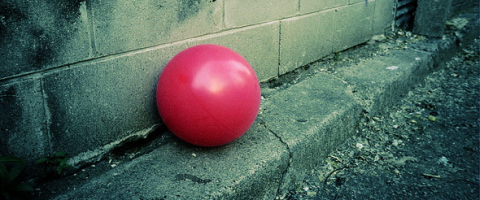The coronavirus has resulted in sports teams and leagues being cancelled until safe to resume. With athletes not practicing or competing with their teams, not to mention schooling from home, this has resulted in a lot of free time for athletes. Many are looking to use this downtime to fill their schedules and establish a routine. A great way to do this is with strength and conditioning sessions. There's only one problem... Swimming is not like any other sports. And they need to train differently during this pandemic than soccer, basketball, hockey or football players. Below are 9 Reasons Swimmers Should Training Differently During COVID-19. #1 - All Volume Is Not Created Equal - Do you know any swimmers? I don't mean recreational swimmers or even triathletes for that matter. I mean school-age kids that swim year-round with a club. If not, would you believe they can spend between 15-20 hours per week training in the pool? This includes five evenings per week for 2 hours each plus anywhere from 3-6 days week in the morning as well. Basically this is a ton of volume. To put this in perspective consider that the 200 m in track & field and the 50 m free in swimming will both take about 20 s. Usain Bolt holds the men's world record at 19.30 and it's 20.91 for the 50 m free held by Cesar Cielo. So swimming the same amount of time as sprinting covers 1/4 of the distance i.e. 50 m versus 200 m. There is no way a runner would ever expect to train the same volume with running that a swimmer does in the pool. For example, if a swimmer put in 75 km of volume in a week (very high) the equivalent volume would 300 km for a runner...
New Training Article on How the Core is Like a Balloon
- Chris Collins
- Training
- Fitness Education
- 1728 Hits
- 7 Comments
-
Last month I attend a seminar in Vancouver with Mike Robertson presenting. Mike is a great strength and conditioning coach from Indiana who put on a 2 day seminar related to the knees and low back. One of the points Mike covered during the weeknend involved the use of a balloon to illustrate core theory.I really liked his analogy and the use of the balloon to make the point. But I thought the point could be taken further. And expanded to other areas of core theory. So I made a note in my conference notes to develop the point further once I got home. And this has since been developed into the 7 Keys of Balloon Core Theory.To read the article go check out Mike's blog, robertsontrainingsystems.com, or click on the following link to go directly to the article:http://robertsontrainingsystems.com/blog/7-keys-of-balloon-core-theory/After you have a read, make sure to leave a comment. Make sure to say:* What you liked about the article?* What other analogies there may be between a balloon and the core?* Anything new you learned from the article?All the best,Chris okanaganpeakperformance.com 'always moving forward'
